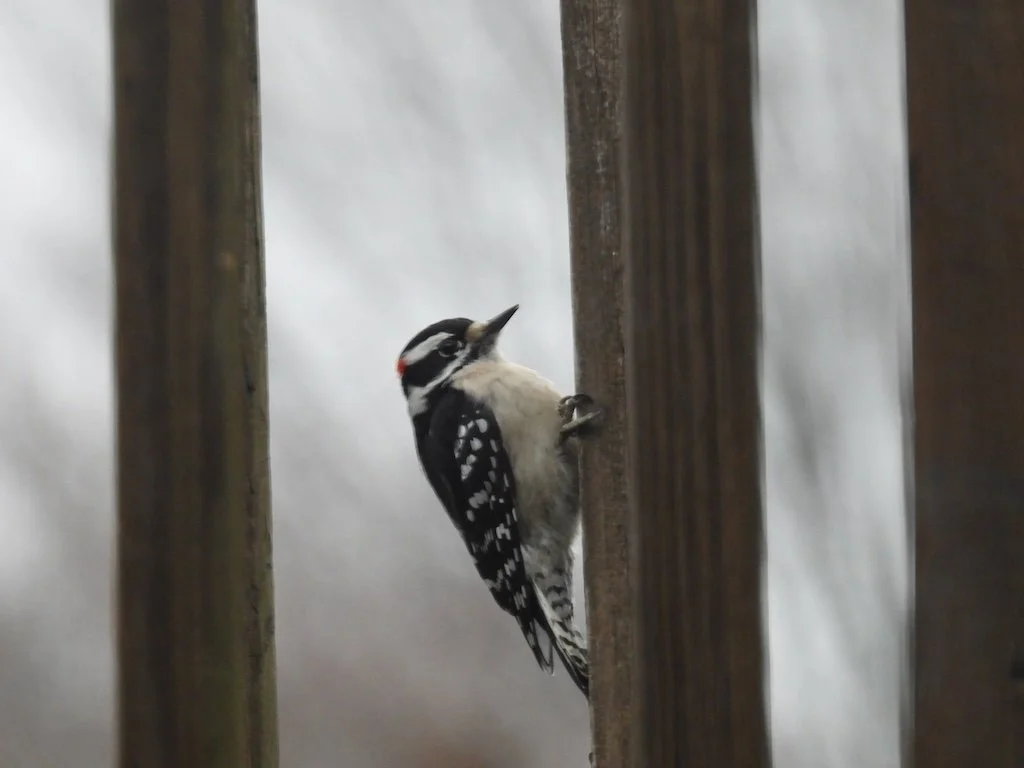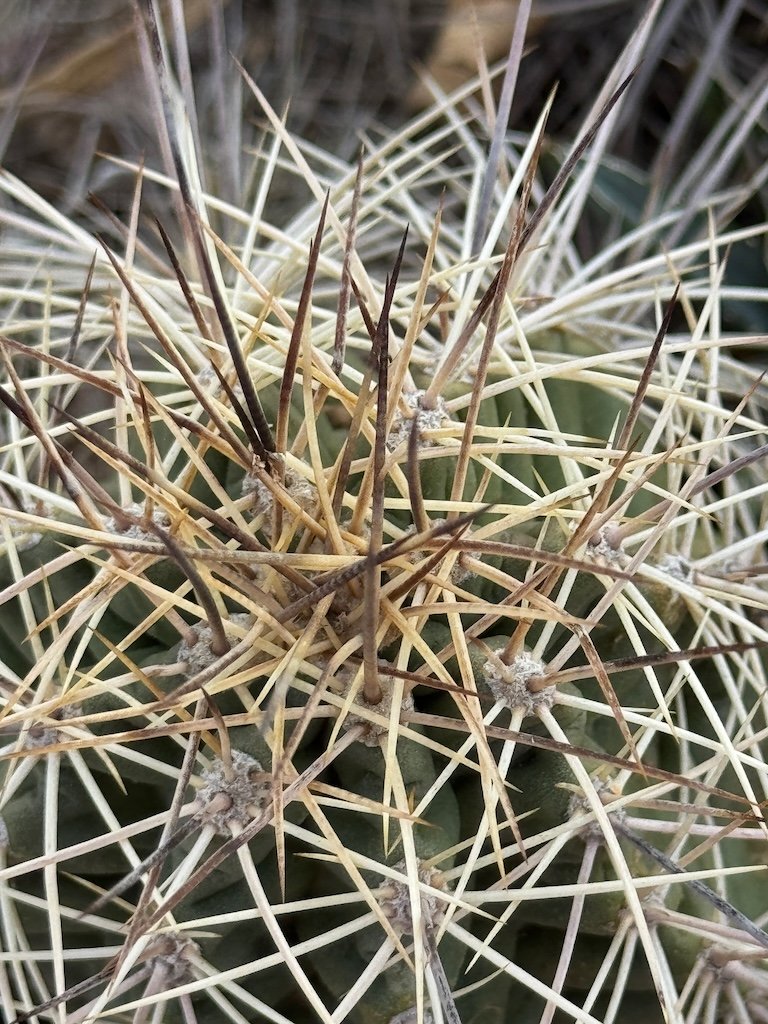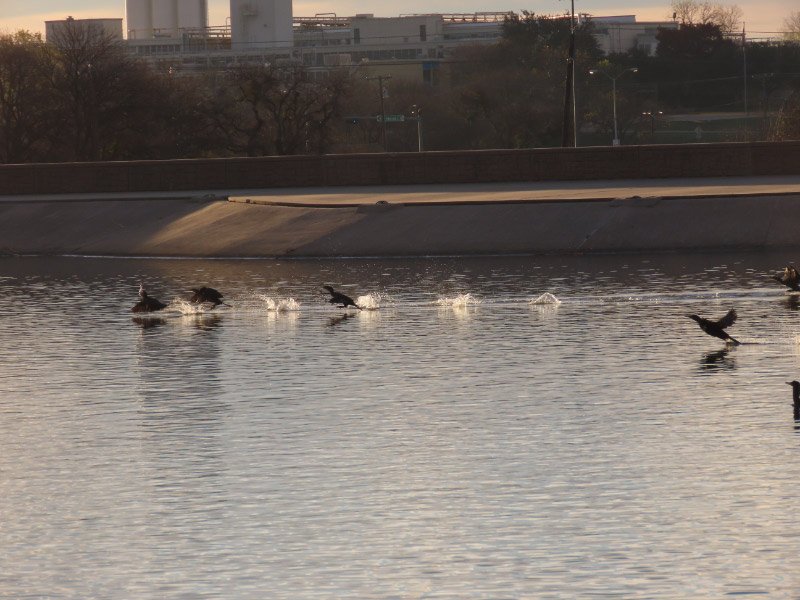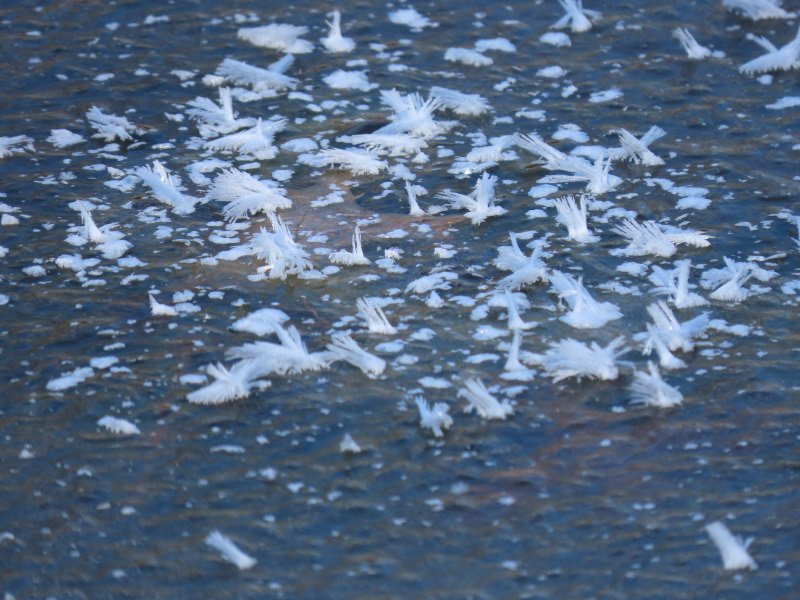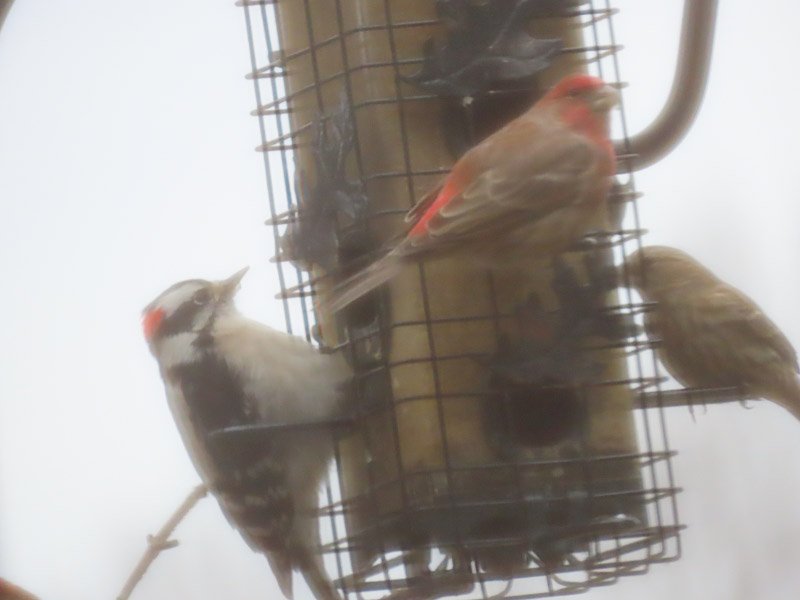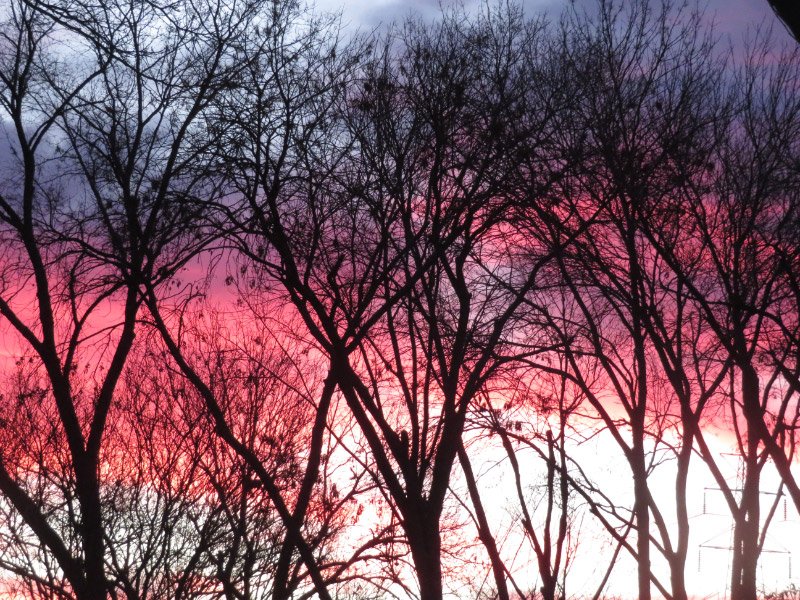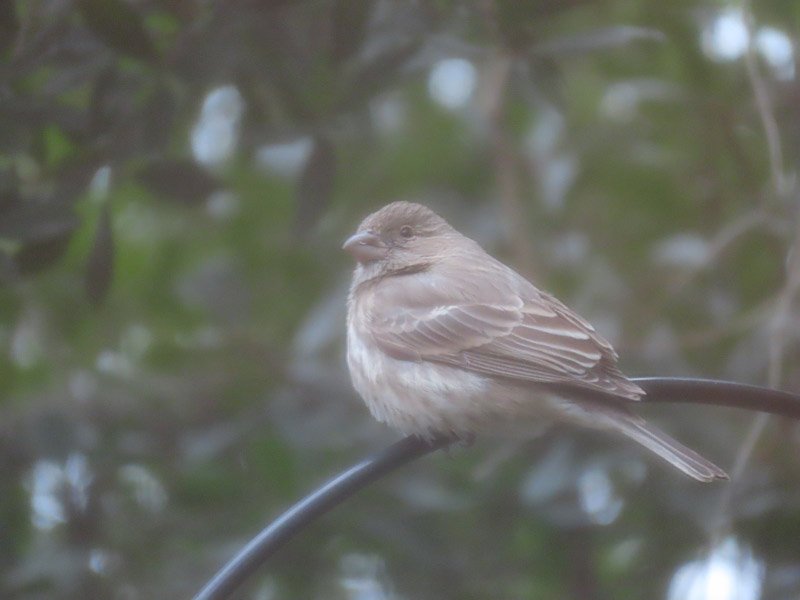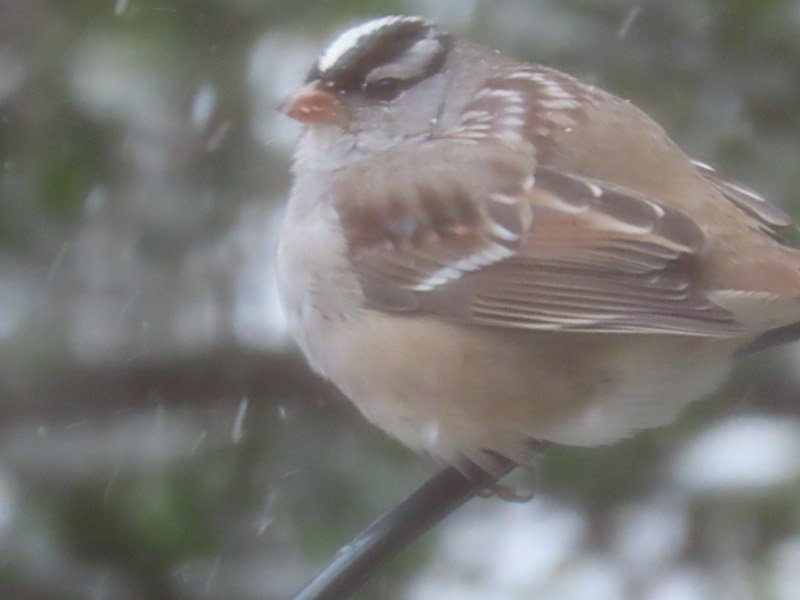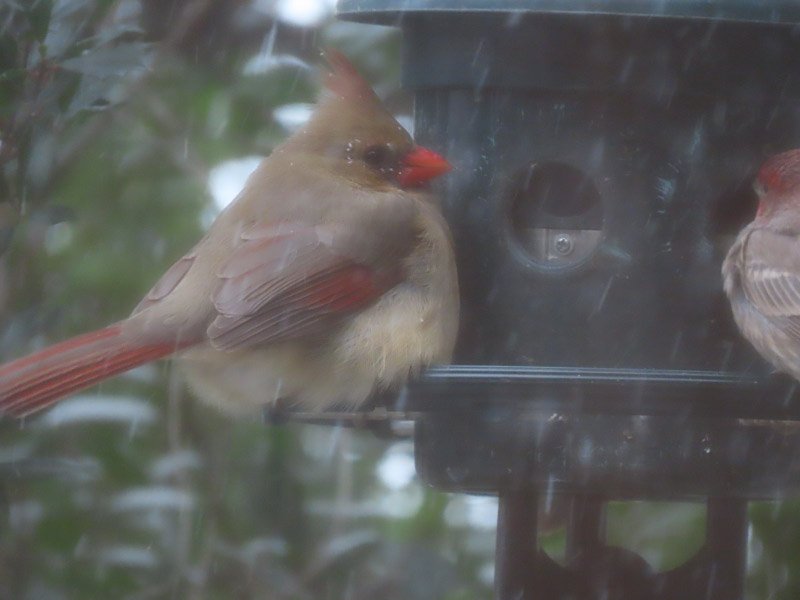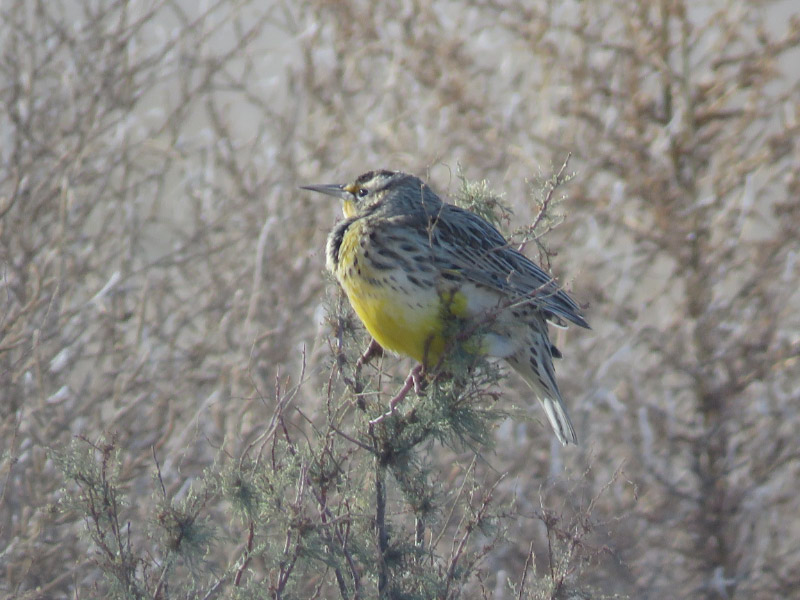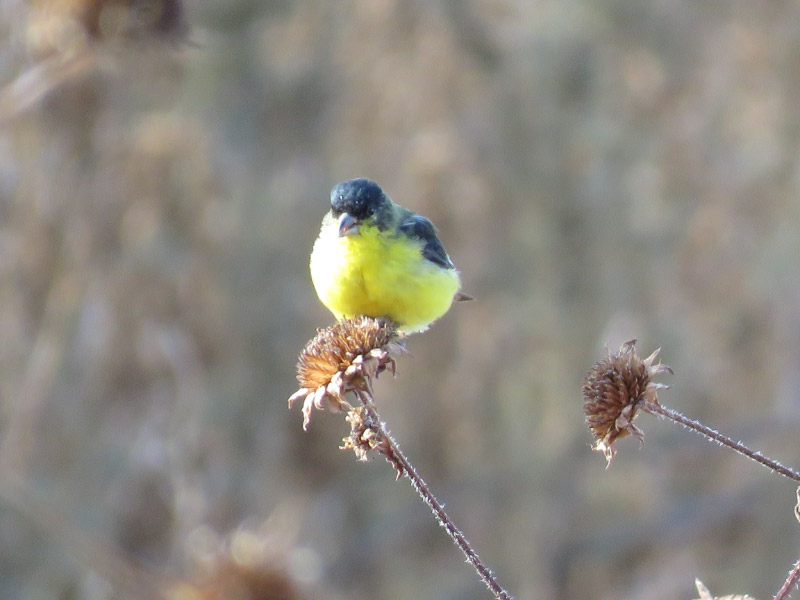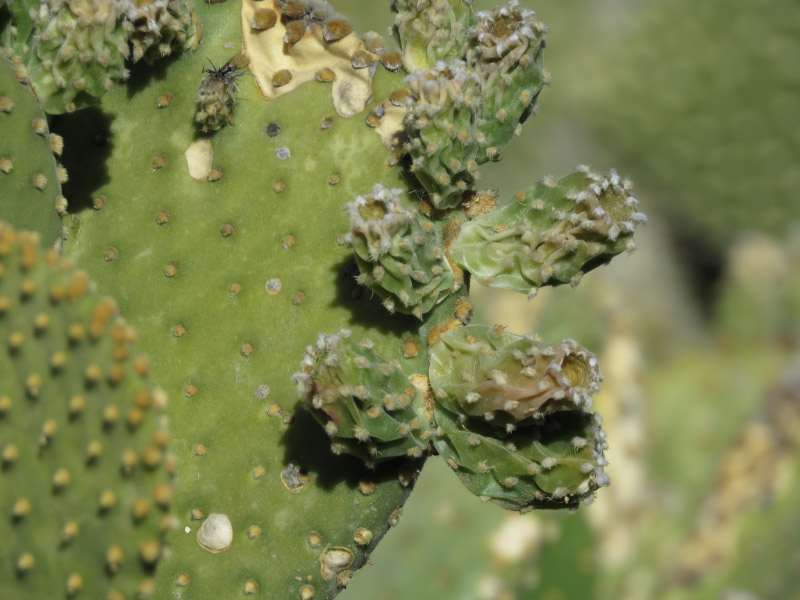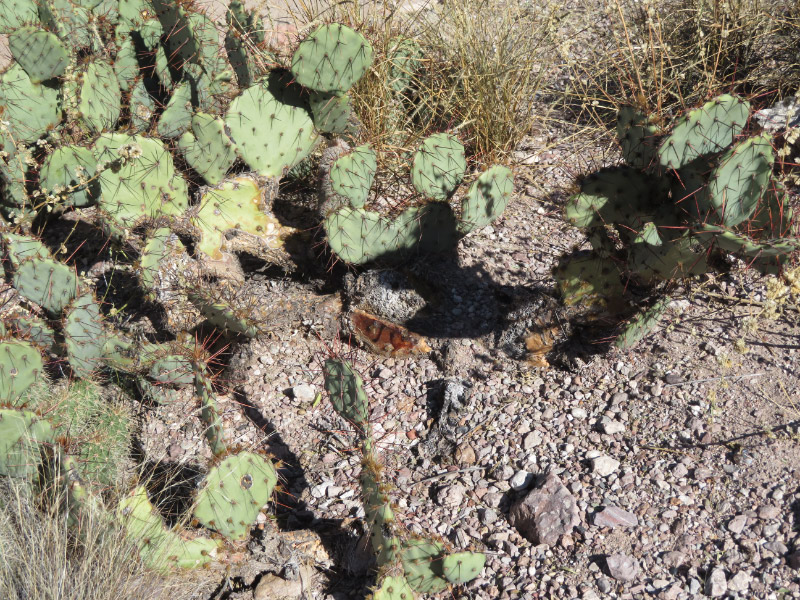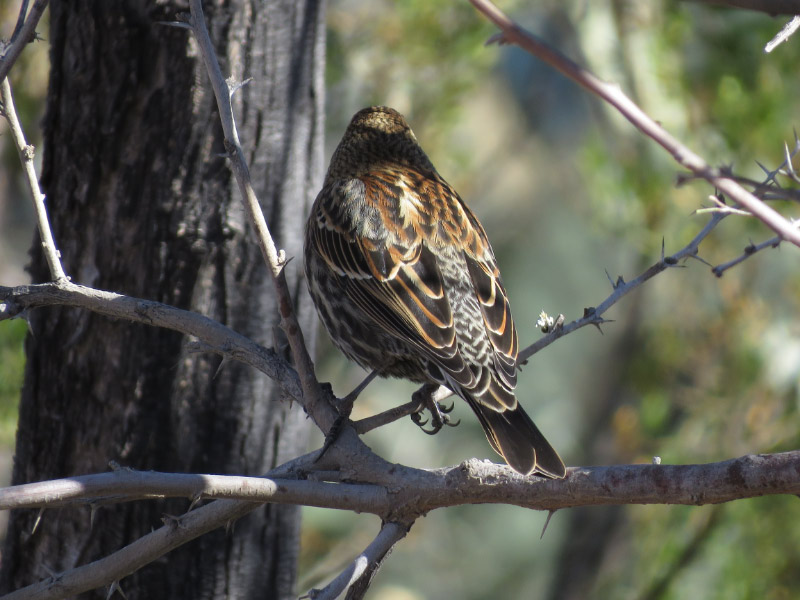Project FeederWatch Finale
/We made our last Project FeederWatch observations on the last day of April…the end of this Citizen Science activity until we start again next fall.
The birds we had seen since we started are still around: the house finches, the cardinals, the mourning doves.
Some like the white-throated sparrows and the juncos have migrated north. The white-crowned sparrows were still coming to our feeders but they will probably leave soon.
And there are birds that have returned with the spring – the grackles and robins and red-wing blackbirds (female).
The barn swallows have returned too. They don’t come to the feeders but do start nests at various places under our deck. They are difficult to photograph because they tend to not sit for long!
We’ll continue watching birds…but it won’t be in an organized way like is has been since last October. It was a routine we enjoyed.



















